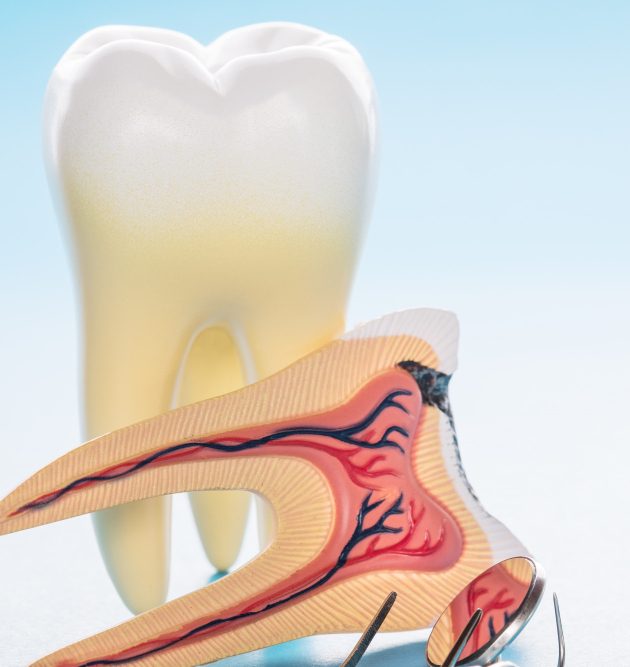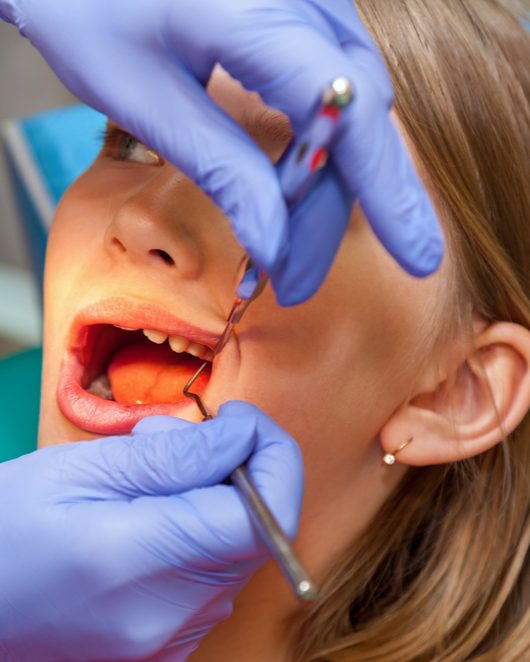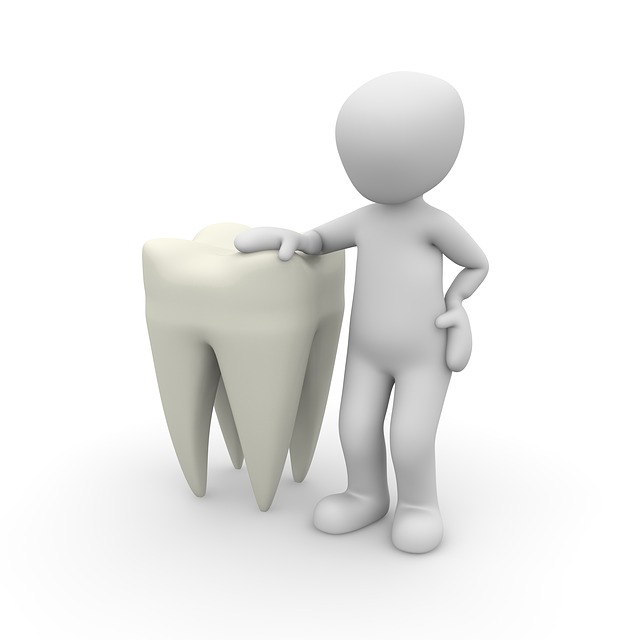
What is pulpotomy?
Pulpotomy is a dental procedure mostly done on baby teeth in which the dental pulp from the crown portion of the tooth is removed. Pulpotomy is a widely done procedure that saves decayed and infected baby teeth.
In pulpotomy, the pulp in the roots of the teeth is left intact, and it can grow and function as it is supposed. Therefore, it is used primarily to treat baby teeth where the root formation has not been complete. The remaining pulp allows the root to completely mature and, in turn, saves the tooth.
Baby teeth help with the proper growth of the jawbone, maintain space in the mouth, and guide the permanent adult teeth into their respective correct places. Baby teeth have a vital role in the development of the face apart from helping kids chew and speak. Owing to these reasons, it becomes indispensable to save an infected baby tooth through pulpotomy.
Recently many trusted researches have also shown the effectiveness of pulpotomy dental procedures on adult teeth. Pulpotomy can be successfully performed in adult teeth if enough healthy pulp exists in the tooth to maintain its vitality.

Procedure and what to expect during pulpotomy?
As mentioned above, a pulpotomy is needed to save decayed and infected teeth. A severely decayed tooth irritates and causes inflammation of the pulp, leading to pulpitis. This infection poses a threat to the vitality and life of the tooth. Moreover, the infection can progress to involves deeper tooth structures and even the gums.
Pulpotomy is a conservative dental procedure. If a tooth has an infection that extends to the root, it can be successfully treated by pulpotomy. This way, the pulp in the tooth’s root remains intact, and its vitality is maintained. However, the entire pulp is taken out in root canal treatment, and the tooth becomes non-vital (dead). Pulpotomy is also routinely carried out when the pulp is exposed while treating for a deep cavity.

Procedure and what to expect during pulpotomy?
During your first appointment at our dental clinic, our dentist will conduct a complete oral examination and evaluate the offending tooth. They will also take some x-rays to analyse the extent of the infection. Then, depending upon the infection’s extend, they will advise you to go for pulpotomy or any other procedure to resolve the disease completely.
Our dentist may prescribe you certain antibiotics for 3-5 days before you are scheduled for the procedure. They may also continue these medications post pulpotomy if deemed necessary.
Pulpotomy is done under local anaesthesia. The anaesthetic agent is injected near the nerve of the tooth. However, younger children may require conscious sedation for this procedure. Conscious sedation is a commonly used procedure for light sedation and uses nitrous oxide or laughing gas. Light sedation helps the child to relax and stay calm during the dental process of pulpotomy.
Once adequate anaesthesia is achieved, our dentist will use a dental drill to drill through the enamel and dentine of the tooth to reach the dental pulp. Once the pulp is exposed, they will carefully remove the infected pulp. Next, our dentist will use cotton pellets to stop the bleeding. After the bleeding stops, they will apply medicated cement over the root pulp and fill the empty crown part of the tooth. After this, stainless steel crown may be placed over it, which completes the procedure.

Pulpotomy vs Root canal treatment
During root canal treatment, the entire dental pulp from the crown and the roots is removed from the tooth. The tooth essentially dies due to a lack of connective tissue, blood vessel and nerves. This procedure saves the infected tooth where the infection has involved the root of the teeth and beyond.
Whereas pulpotomy is a more conservation dental procedure and the tooth remains vital after it, the pulp is only removed from the crown portion of the tooth.

Can pulpotomy be avoided?
Short answer – YES, a pulpotomy can be avoided by ensuring excellent oral hygiene to prevent dental decay. Brush twice a day with a soft-bristled nylon toothbrush and a fluoridated toothpaste. Floss every day to get rid of plaque that accumulates in the teeth gap. Restrict sugary and sticky foods and beverages to mealtime and eat nutritious meals.
Schedule regular visits to our dental clinic to ensure the health of your teeth. Moreover, this will also help catch any dental disease at its early stages and prevent procedures like pulpotomy in the future.

Recovering from pulpotomy
The area surrounding the treated tooth will be numb for 2-3 hours after the procedure. Avoid drinking or eating when your mouth is numb, as you may end up biting and injuring the inside of your cheeks.
Once the effects of anaesthesia wear off, you may feel some discomfort and slight pain with the tooth. However, it goes away on its own. Your dentist will prescribe you antibiotics and painkillers; ensure you take them promptly. During the recovery phase, stick to a soft consistency and non-chewy food substances.
If you have a toothache or any dental problems, schedule an appointment at our dental clinic today and keep your dental worries aside! If you have any questions, please call us, and our team of excellent dental professionals will be there to assist you.
